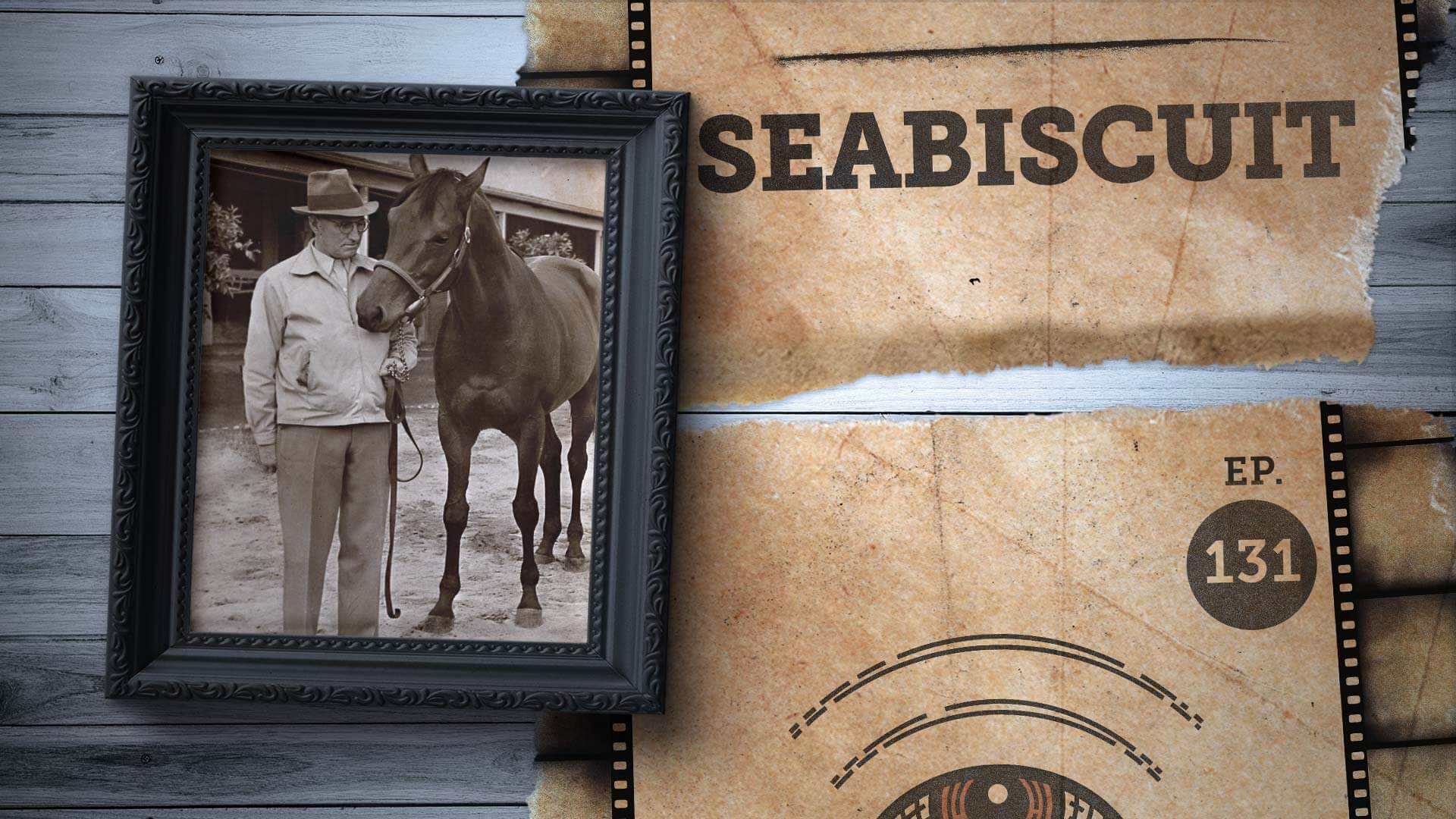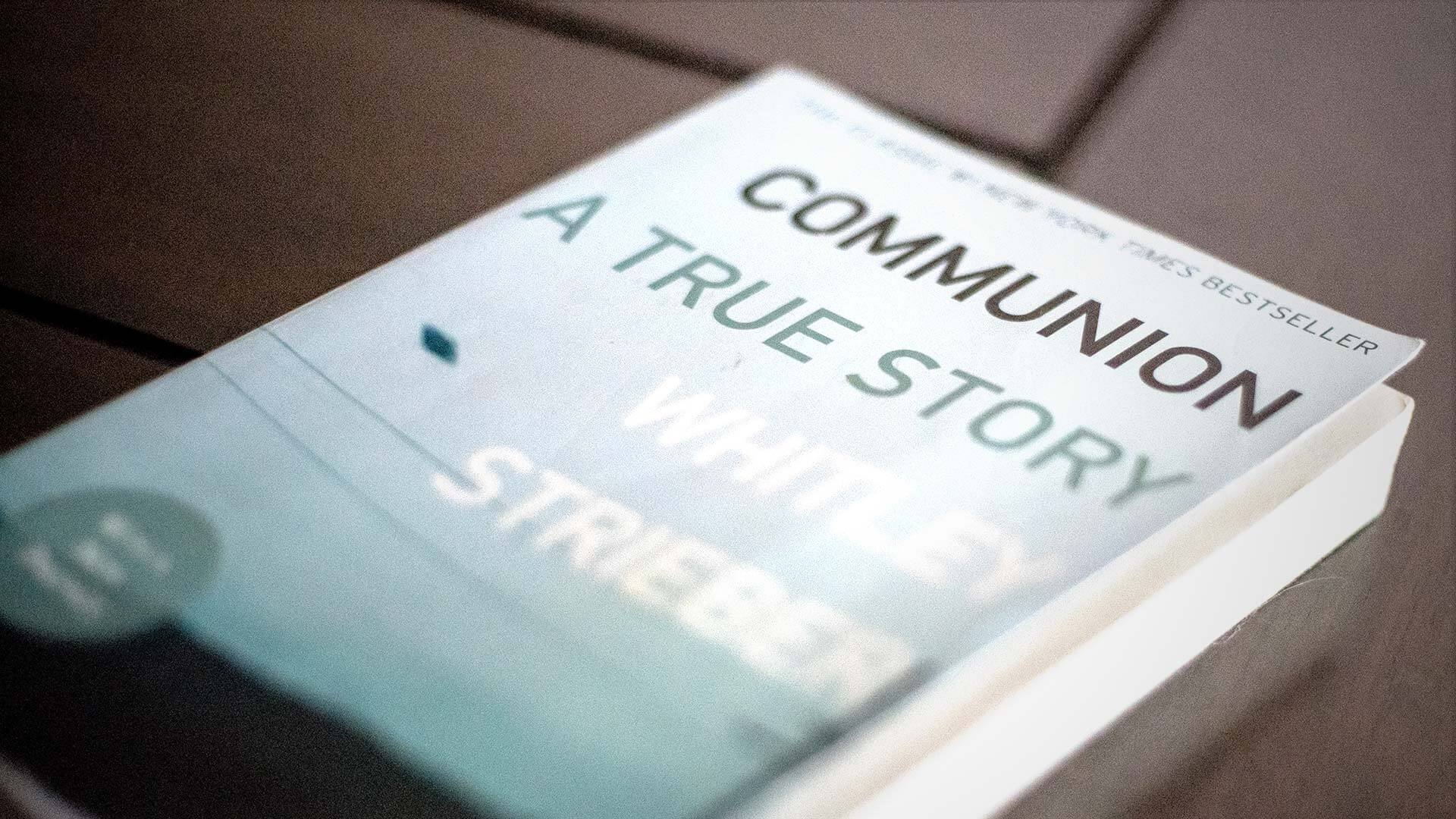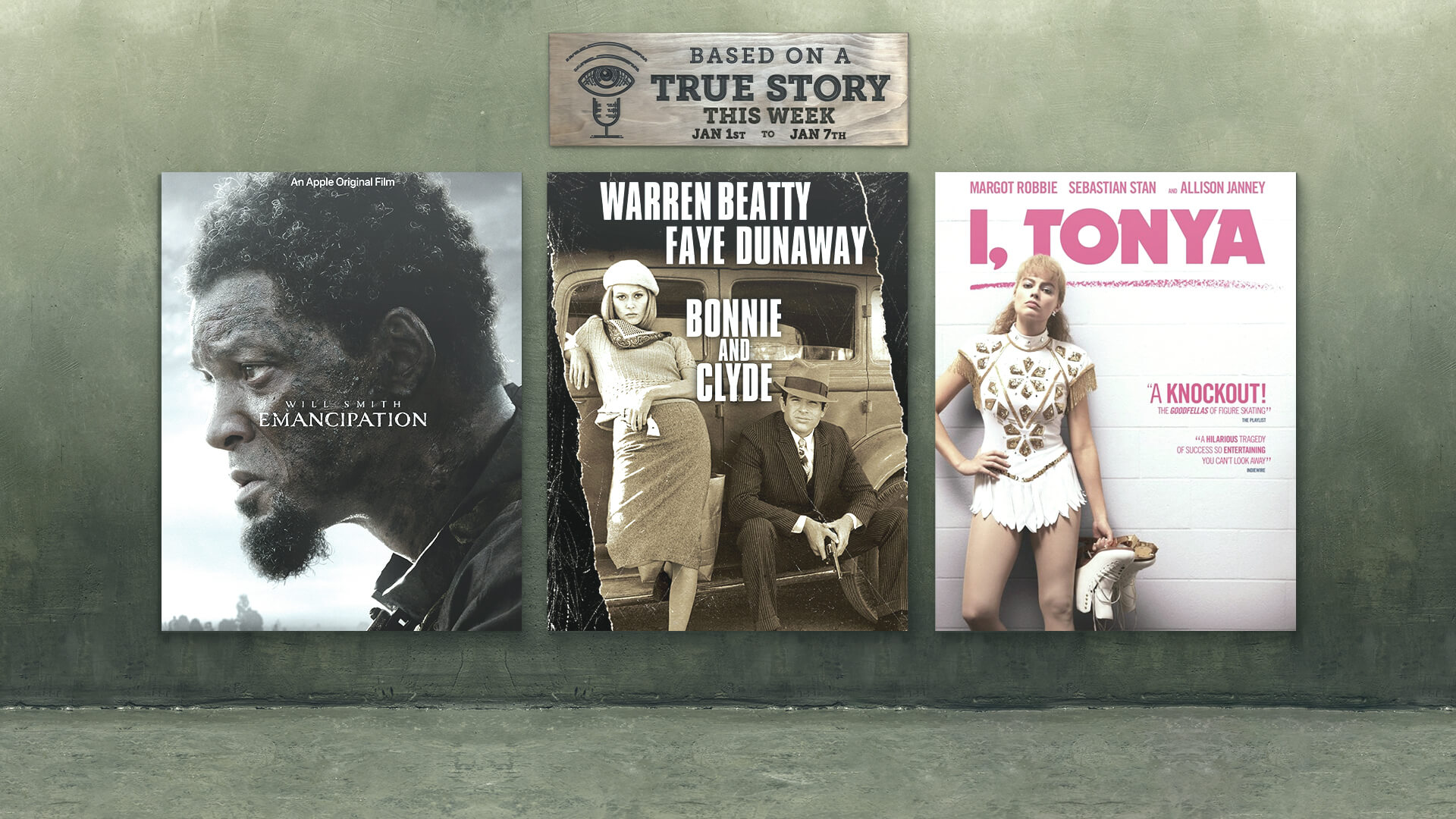For the week between February 6th to February 12th, we’ll be learning about historical events that were depicted in Mary Queen of Scots, The Pacific and Julia.
Did you enjoy this episode? Help support the next one!
Disclaimer: Dan LeFebvre and/or Based on a True Story may earn commissions from qualifying purchases through our links on this page.
Transcript
Note: This transcript is automatically generated. There will be mistakes, so please don’t use them for quotes. It is provided for reference use to find things better in the audio.
Feb 8, 1587. England.
A woman walks through the crowd. Her bright red hair stands out from the black attire worn by everyone in the room. She, too, is wearing black. She walks defiantly among the men in the room.
In the center of the room we can see a platform. Two men stand on it. A small wooden block also sits on the platform. One of the men on the platform addresses her, saying that by order of our sovereign Elizabeth, Queen of England, Wales and Ireland.
Saoirse Ronan’s face doesn’t change from her defiant look as she walks closer to the man speaking to her on the platform.
The man continues to talk to her, telling her that she, Mary Stuart, is condemned to death on this day, February the 8th in the year of our Lord, one thousand, five hundred and eighty-seven.
Mary turns around on the platform and throws off her black outfit to reveal a bright, red dress underneath. It’s a stark contrast to everyone else wearing black in the room.
Mary speaks a message to her only son, James. She prays that he will succeed where she could not. Then, she places her head on the wooden block.
This is the depiction from 2018’s Mary Queen of Scots.
And it is true that Mary Stuart was executed by beheading this week in history, on February 8th, 1587, at Fotheringhay Castle in England.
She had been charged with treason in a plot to murder Queen Elizabeth I.
The true story is a lot more complex than that.
In a nutshell, Mary Stuart fell in love with her cousin, Henry Stuart, also known as Lord Darnley. But he turned out to be not such a great guy, so Mary kept him out of her political life. Henry thought Mary was having an affair with her secretary, a man named David Rizzio, so Henry had David killed. Meanwhile, Mary met another guy named James Hepburn, also known as the 4th Earl of Bothwell. Soon after that, Henry was killed and people believed Mary and James were behind Henry’s death.
No one knows if she was behind it or not.
But we do know that Mary and James were married that same year, and that made a lot of people upset.
Although some historians believe Mary was a victim here, forced into a marriage with James that she didn’t want.
Battles ensued, though, and Mary’s forces were defeated so she was forced to flee. She ended up in England where she thought she’d be protected by her cousin, Queen Elizabeth I.
Nope.
You see, Mary was considered by many to have a claim to the throne of England. Too much for comfort, it would seem. Some thought Elizabeth should do away with Mary, but Elizabeth didn’t want to kill her cousin. So instead, Mary spent 19 years imprisoned on the orders of Elizabeth. Granted, those prisons were castles and manors…Mary was, after all, a queen.
When some evidence came to light that Mary might be involved in a plot against Elizabeth, she was convinced to change her position and agreed to sign the order to have Mary executed for treason.
Some historians have suggested that Mary really did wear a red dress that day. Did it look like the one in the movie? We don’t know. But it’s believed she liked to wear bright colors and the color red was one of her favorites—so it’s possible.
As for the movie’s mention of Mary’s son at the very end…well, he did end up succeeding where she could not.
Elizabeth I didn’t have any heirs. So, when she died in 1603, it was Mary Stuart’s son, James, who became King James VI and I, King of England and Ireland and King of Scotland.
As a fun fact, if you’ve ever heard of the King James Version of the Christian Bible—that is named after Mary Stuart’s son, because he was the one who commissioned its translation in 1604.
If you want to watch the event, check out the 2018 movie Mary Queen of Scots…I’d recommend watching the whole movie, but her beheading that was actually this week in history starts at an hour and 53 minutes into the movie.
February 9, 1943. Guadalcanal.
James Badge Dale’s character, Private Robert Leckie is resting against a palm tree as he writes down a poem. A cigarette hangs from his mouth. Behind Leckie, we can see other American soldiers walking among the palm trees. A military truck passes by, and we can see that we’re in a camp.
All the soldiers look tired. Exhausted.
Another soldier, Wilber Conley, whose nickname is Runner, stops by to chat with Leckie. He says Leckie should pass on greetings in the letter he’s writing.
But Leckie corrects him, it’s not a letter. It’s an ode to our glorious victory at Guadalcanal.
A few other soldiers nearby joke with Leckie about how hard it is to rhyme with Guadalcanal.
Up walks 2nd Lieutenant Hugh Corrigan. With a big grin on his face, he tells the other men to get their gear…we’re finally getting off this shithole.
In the next shot, we can see a bunch of landing craft on the beaches. They’re empty, implying they’re not there to drop off men on the beaches but to pick up the soldiers from the beaches. In the distance, over a dozen ships can be seen on the horizon.
This scene from HBO’s The Pacific of soldiers sitting around joking about poetry might not seem like it’s a major event, but it is because it marks the end of six months of grueling battle that saw over 24,000 Japanese and 1,600 Americans killed—not counting dozens of warships and plenty more on both sides who died from tropical diseases.
The Battle of Guadalcanal was considered a decisive victory for the Americans, and it was extremely important because its location opened up a major Allied base of operations.
After all, once the Japanese took control of the island in 1942 they established an airfield there that continually attacked Allied supply routes for Australia and New Zealand. Once the Battle of Guadalcanal ended this week in history, that hold over the central Pacific region was lost for the Japanese during World War II.
It was a massive blow and ensured both a safe route in the sea between the United States and Australia as well as ensuring Australia wouldn’t be invaded by the Japanese. With the airfield under their control, it also helped the Allies gain air superiority in the region.
If you want to watch the event in history this week, I’d recommend watching both the first and second episode of HBO’s miniseries The Pacific – but the whole battle was months long. The end of the battle that happened this week is right near the end of episode two, about 45 minutes into that episode.
And if you want to learn more about the true story, we took a deep dive into the history behind the whole series with historian Marty Morgan on episodes #190, #191 and #192 of Based on a True Story. Guadalcanal is covered in episode #190, but you can find them all at basedonatruestorypodcast.com/thepacific
February 11, 1963. Boston, Massachusetts.
Okay, let’s start with the pot on the burner. Then it comes off, you give it a taste then it goes into the top oven.
Sarah Lancashire’s version of Julia Child is listening intently as Fran Kranz’s version of Russ Morash give her instructions.
The cameras practice their movements from the burner to the oven.
Julia’s friend, Avis DeVoto, shows two bowls of onions: One peeled, another unpeeled and yet a third already cooked, so they don’t have to take the time to perform each step on camera.
Russ explains they’ll swap out the onions as the camera is tight on Julia.
Julia asks Russ which camera is which—that’s the problem she had during the pilot. Russ agrees, it was a problem. So, he pulls out two hand puppets and says he stole them from the set of “Karate Kats.”
Holding up one of the puppets, Russ tells Julia that she’ll talk to Binky until you go for the cutting board. After that, talk to Boochie. Russ holds up the other puppet as he mentions the name Boochie.
Before they begin, Julia thanks the crew for giving her the opportunity to do the show. Regardless of what happens, at least there will always be leftovers. They all clap.
Strictly speaking, what I just described isn’t an event that happened this week in history—but that’s only because the scene we just heard about from HBO’s series Julia is showing the rehearsal of Julia Child’s very first episode called Boeuf Bourguignon.
But it was this week in history, on February 11th, 1963, that the very first episode of The French Chef that we saw rehearsed in the HBO series aired on WGBH in Boston, Massachusetts.
Although, I should probably qualify that. You see, there was technically a pilot episode that aired on July 26th, 1962. Then there were two more episodes broadcast in the summer of 1962 that were also considered pilots.
At the time, she wasn’t quite a household name. But she was a big hit. Viewers loved how she introduced them to a type of cooking that wasn’t considered possible to cook at home—French cuisine wasn’t that popular for the home cook in the United States in the 1960s.
And her style was popular enough to support ten seasons over the course of a decade, making her a household name in the process.
The event in history that I mentioned is at about 39 minutes into episode #3 of HBO’s Julia. And, as a little side note, I had a great guest to cover that series here in a lot more depth—but sadly it fell through. So, if you know of someone who might be a good guest to come on the show, let me know!
Share this:
- Click to share on Twitter (Opens in new window)
- Click to share on Facebook (Opens in new window)
- Click to share on Reddit (Opens in new window)
- Click to share on Pocket (Opens in new window)
- Click to share on LinkedIn (Opens in new window)
- Click to share on WhatsApp (Opens in new window)
- Click to share on Telegram (Opens in new window)
- Click to email a link to a friend (Opens in new window)
- Click to print (Opens in new window)



